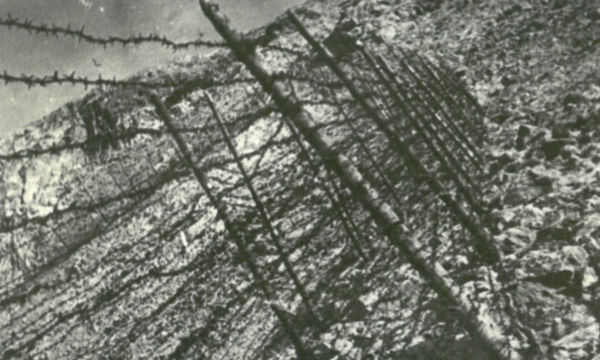During the second world war, more than 900 thousand civilians perished in Yugoslavia during its invasion by the Axis powers. Between 1941 and 1945, persecutions and massacres of unprecedented ferocity had undertaken on the Yugoslav soil, expressly directed against the civilian population, at the hands of both Croatian Ustaša and Italian occupying forces.
Events that had been removed for a long time and still poorly known to the general public, have been reconstructed here by the historian Fiorella Perrone, through the analysis of the most salient historical passages and the survivor’s story. Of great impact is the witness of father Paolino Beltrame, Italian military chaplain, who saw the atrocities with his own eyes and he has introduced his story as follows:”As far as I am about to expose, reflecting my own personal experience in a limited and restricted sector, it is easy to imagine the immense abyss of hatred and bloodshed dug by the same Balkan peoples in their own land in the space of a few months from summer of 1941”.
This paper retrace, through sources and testimonies published and unpublished, the period that goes from April 1941 to September 1943 in the area interested by the Italian occupation. More precisely, the brutal actions against the Serbs, Jews and Rom populations from the Croatian regime placed under Italian influence, and war crimes for which it has scorched the Italian army in the territories under its control are highlighted. Starting from 1942, Italy issued various directives that led to the use of brutal coercive and punitive systems in the Balkans, not different from those of the Croatian regime: raids and deportations of civilians, shootings of resistants and hostages, village fires, looting and destructions.
In conclusion, this work shows how to pay the most serious and dramatic consequences of the conflict, once again, is a too high, still unspecified, number of civilian casualties.







